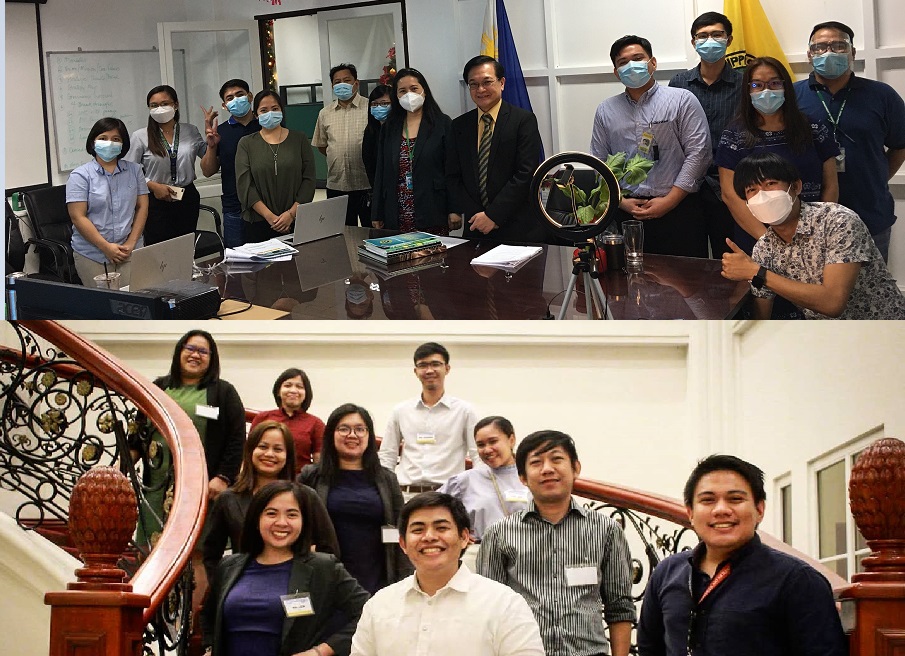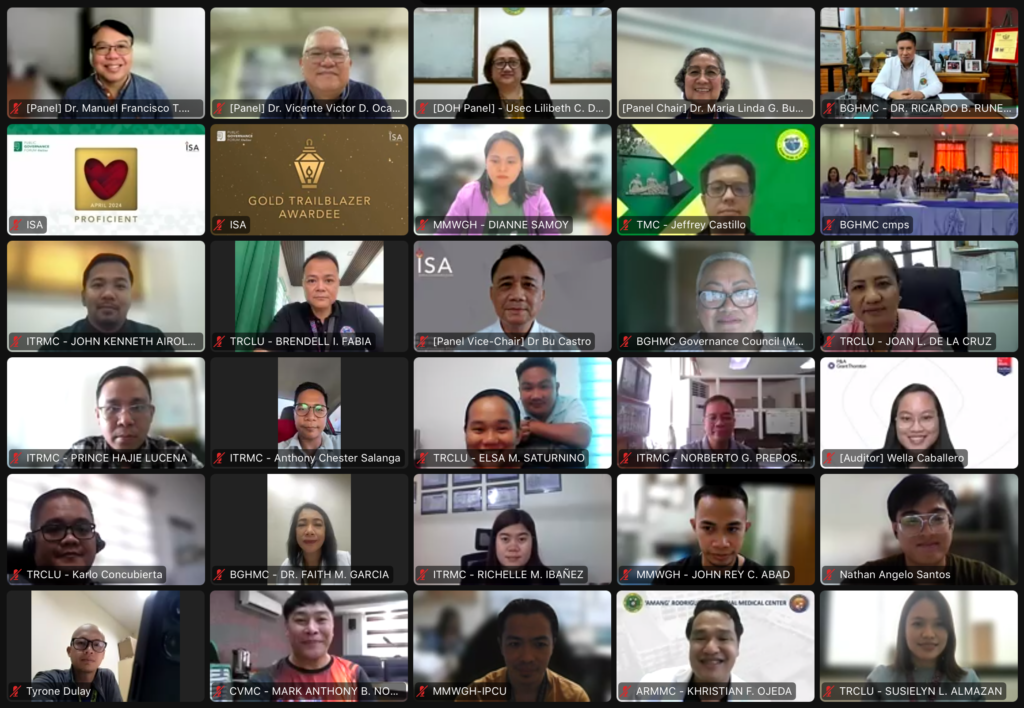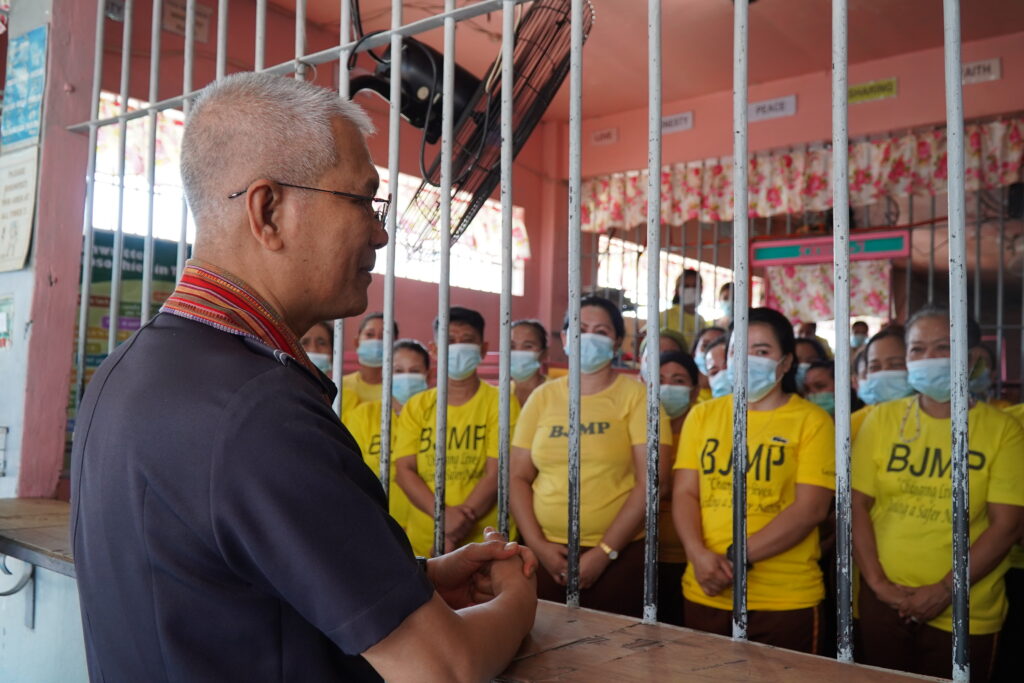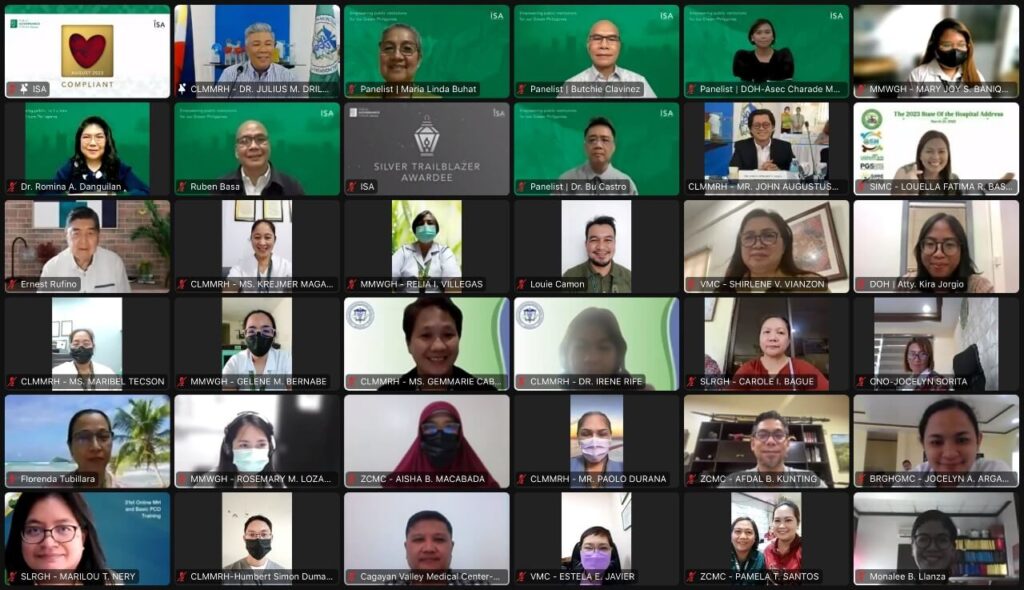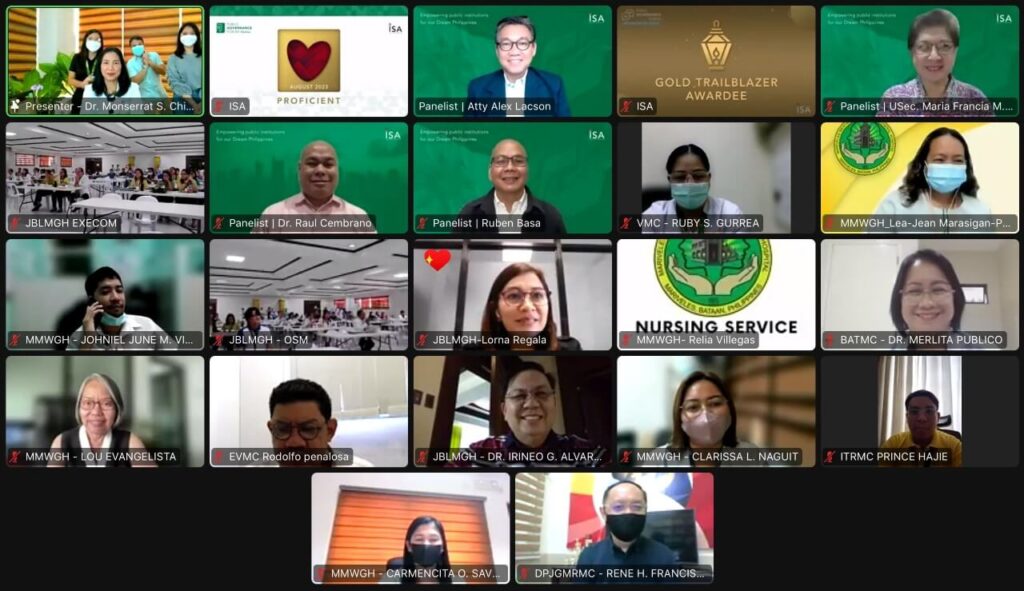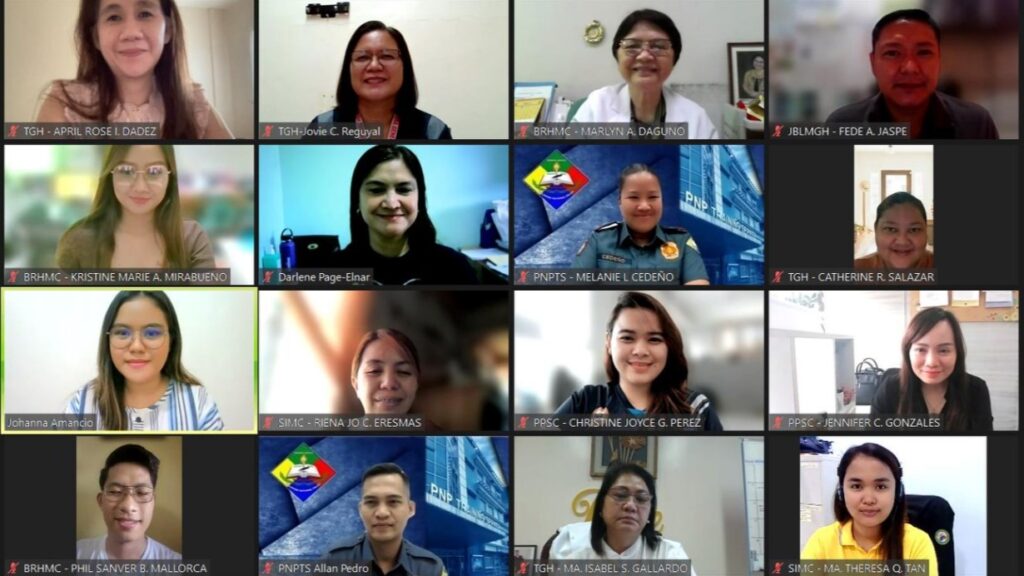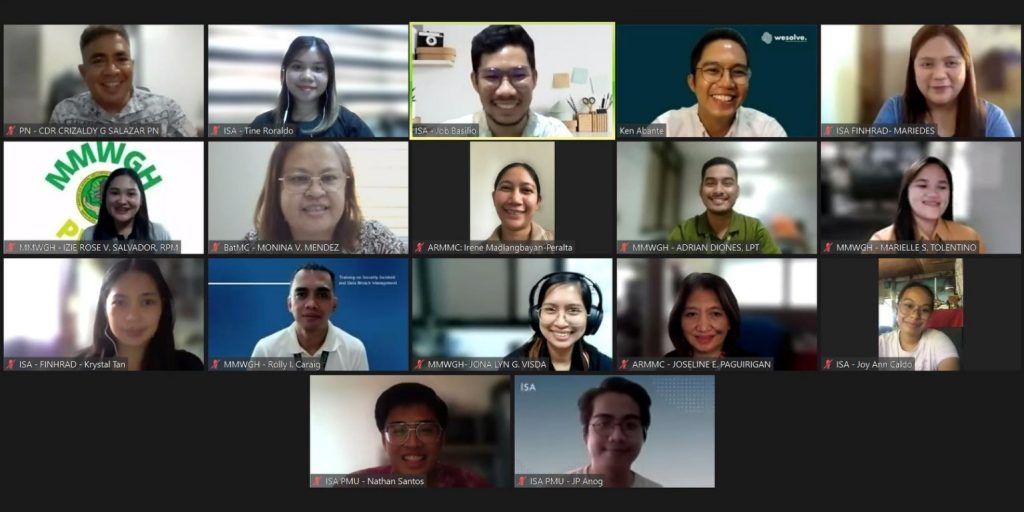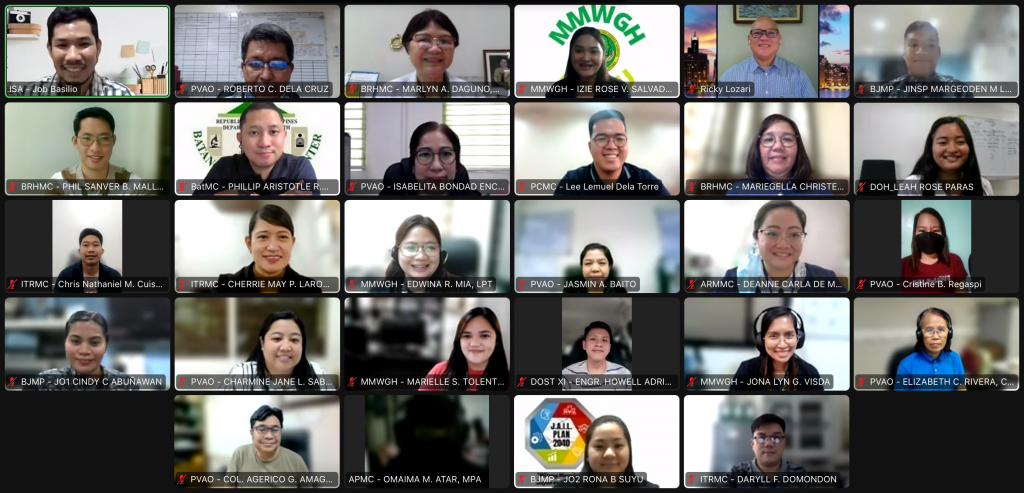[fusion_builder_container hundred_percent=”no” hundred_percent_height=”no” hundred_percent_height_scroll=”no” hundred_percent_height_center_content=”yes” equal_height_columns=”no” menu_anchor=”” hide_on_mobile=”small-visibility,medium-visibility,large-visibility” status=”published” publish_date=”” class=”” id=”” link_color=”” link_hover_color=”” border_size=”” border_color=”” border_style=”solid” margin_top=”” margin_bottom=”” padding_top=”” padding_right=”” padding_bottom=”” padding_left=”” gradient_start_color=”” gradient_end_color=”” gradient_start_position=”0″ gradient_end_position=”100″ gradient_type=”linear” radial_direction=”center center” linear_angle=”180″ background_color=”” background_image=”” background_position=”center center” background_repeat=”no-repeat” fade=”no” background_parallax=”none” enable_mobile=”no” parallax_speed=”0.3″ background_blend_mode=”none” video_mp4=”” video_webm=”” video_ogv=”” video_url=”” video_aspect_ratio=”16:9″ video_loop=”yes” video_mute=”yes” video_preview_image=”” filter_hue=”0″ filter_saturation=”100″ filter_brightness=”100″ filter_contrast=”100″ filter_invert=”0″ filter_sepia=”0″ filter_opacity=”100″ filter_blur=”0″ filter_hue_hover=”0″ filter_saturation_hover=”100″ filter_brightness_hover=”100″ filter_contrast_hover=”100″ filter_invert_hover=”0″ filter_sepia_hover=”0″ filter_opacity_hover=”100″ filter_blur_hover=”0″][fusion_builder_row][fusion_builder_column type=”1_6″ layout=”1_6″ spacing=”” center_content=”no” link=”” target=”_self” min_height=”” hide_on_mobile=”small-visibility,medium-visibility,large-visibility” class=”” id=”” hover_type=”none” border_size=”0″ border_color=”” border_style=”solid” border_position=”all” border_radius=”” box_shadow=”no” dimension_box_shadow=”” box_shadow_blur=”0″ box_shadow_spread=”0″ box_shadow_color=”” box_shadow_style=”” padding_top=”” padding_right=”” padding_bottom=”” padding_left=”” margin_top=”” margin_bottom=”” background_type=”single” gradient_start_color=”” gradient_end_color=”” gradient_start_position=”0″ gradient_end_position=”100″ gradient_type=”linear” radial_direction=”center center” linear_angle=”180″ background_color=”” background_image=”” background_image_id=”” background_position=”left top” background_repeat=”no-repeat” background_blend_mode=”none” animation_type=”” animation_direction=”left” animation_speed=”0.3″ animation_offset=”” filter_type=”regular” filter_hue=”0″ filter_saturation=”100″ filter_brightness=”100″ filter_contrast=”100″ filter_invert=”0″ filter_sepia=”0″ filter_opacity=”100″ filter_blur=”0″ filter_hue_hover=”0″ filter_saturation_hover=”100″ filter_brightness_hover=”100″ filter_contrast_hover=”100″ filter_invert_hover=”0″ filter_sepia_hover=”0″ filter_opacity_hover=”100″ filter_blur_hover=”0″ last=”no”][/fusion_builder_column][fusion_builder_column type=”2_3″ layout=”2_3″ spacing=”” center_content=”no” link=”” target=”_self” min_height=”” hide_on_mobile=”small-visibility,medium-visibility,large-visibility” class=”” id=”” hover_type=”none” border_size=”0″ border_color=”” border_style=”solid” border_position=”all” border_radius=”” box_shadow=”no” dimension_box_shadow=”” box_shadow_blur=”0″ box_shadow_spread=”0″ box_shadow_color=”” box_shadow_style=”” padding_top=”” padding_right=”” padding_bottom=”” padding_left=”” margin_top=”” margin_bottom=”” background_type=”single” gradient_start_color=”” gradient_end_color=”” gradient_start_position=”0″ gradient_end_position=”100″ gradient_type=”linear” radial_direction=”center center” linear_angle=”180″ background_color=”” background_image=”” background_image_id=”” background_position=”left top” background_repeat=”no-repeat” background_blend_mode=”none” animation_type=”” animation_direction=”left” animation_speed=”0.3″ animation_offset=”” filter_type=”regular” filter_hue=”0″ filter_saturation=”100″ filter_brightness=”100″ filter_contrast=”100″ filter_invert=”0″ filter_sepia=”0″ filter_opacity=”100″ filter_blur=”0″ filter_hue_hover=”0″ filter_saturation_hover=”100″ filter_brightness_hover=”100″ filter_contrast_hover=”100″ filter_invert_hover=”0″ filter_sepia_hover=”0″ filter_opacity_hover=”100″ filter_blur_hover=”0″ last=”no”][fusion_imageframe image_id=”9679|full” max_width=”” style_type=”” blur=”” stylecolor=”” hover_type=”none” bordersize=”” bordercolor=”” borderradius=”” align=”none” lightbox=”no” gallery_id=”” lightbox_image=”” lightbox_image_id=”” alt=”” link=”” linktarget=”_self” hide_on_mobile=”small-visibility,medium-visibility,large-visibility” class=”” id=”” animation_type=”” animation_direction=”left” animation_speed=”0.3″ animation_offset=”” filter_hue=”0″ filter_saturation=”100″ filter_brightness=”100″ filter_contrast=”100″ filter_invert=”0″ filter_sepia=”0″ filter_opacity=”100″ filter_blur=”0″ filter_hue_hover=”0″ filter_saturation_hover=”100″ filter_brightness_hover=”100″ filter_contrast_hover=”100″ filter_invert_hover=”0″ filter_sepia_hover=”0″ filter_opacity_hover=”100″ filter_blur_hover=”0″]https://isacenter.org/wp-content/uploads/2022/04/DOH-OSM.jpg[/fusion_imageframe][fusion_text columns=”” column_min_width=”” column_spacing=”” rule_style=”default” rule_size=”” rule_color=”” hide_on_mobile=”small-visibility,medium-visibility,large-visibility” class=”” id=”” animation_type=”” animation_direction=”left” animation_speed=”0.3″ animation_offset=””]
With millions of Filipino people’s lives at stake, the public sector is consistently exploring ways to optimize their service delivery and create lasting positive change for the communities they serve. Needless to say, transformation begins within and entails developing necessary processes that adhere to certain standards to ensure effectiveness and sustainability. Such standards can be set within the organization or externally through independent bodies.
The International Organization for Standardization (ISO) is an independent developer of International Standards designed to address global problems. These International Standards are packaged into several certifications that target specific organizational uses and processes. One of ISO’s many certifications is the ISO 9001:2015 for Quality Management Systems (QMS), which standardizes organizations’ ability to provide products and services that comply with relevant requirements and enhance customer satisfaction through effective system application. In the Philippines, the Department of Trade and Industry – Bureau of Product Standards is the ISO-recognized body responsible for ensuring International Standards are upheld in the country.
Many institutions in the public sector covet ISO certifications due to its prominence, but for those undergoing the Performance Governance System (PGS), getting ISO certified is yet another demanding task on top of many other duties. Moreso, integrating PGS with ISO may then be a herculean task for ISA partners, but one national government agency, despite its extensive mandate, proved that it can be done.
The Department of Health (DOH) is the principal health agency in the Philippines, ensuring Filipinos have access to quality basic health care services and regulates providers of health goods and services. DOH began working with ISA in 2009 as one of six national government agencies (NGAs) handpicked by the Office of the President to undergo the PGS. While DOH had initially crafted a Pathway to Better Health by 2030, a change in leadership prompted a Strategy Refresh in 2018 and led to distinguishing DOH’s contributions to the overall health sector strategy. After recalibrating its strategic focus with help from its Office for Strategy Management (OSM), DOH is now using a collaborative approach to transform Local Health Systems into Province-wide and City-wide Health Systems. This is anchored on the five pillars of its latest framework, FOURmula One Plus For Health (F1+): financing, service delivery, regulation, governance, and performance accountability.
[/fusion_text][fusion_imageframe image_id=”9671|full” max_width=”” style_type=”” blur=”” stylecolor=”” hover_type=”none” bordersize=”” bordercolor=”” borderradius=”” align=”none” lightbox=”no” gallery_id=”” lightbox_image=”” lightbox_image_id=”” alt=”” link=”” linktarget=”_self” hide_on_mobile=”small-visibility,medium-visibility,large-visibility” class=”” id=”” animation_type=”” animation_direction=”left” animation_speed=”0.3″ animation_offset=”” filter_hue=”0″ filter_saturation=”100″ filter_brightness=”100″ filter_contrast=”100″ filter_invert=”0″ filter_sepia=”0″ filter_opacity=”100″ filter_blur=”0″ filter_hue_hover=”0″ filter_saturation_hover=”100″ filter_brightness_hover=”100″ filter_contrast_hover=”100″ filter_invert_hover=”0″ filter_sepia_hover=”0″ filter_opacity_hover=”100″ filter_blur_hover=”0″]https://isacenter.org/wp-content/uploads/2022/05/2_DOH-Strategy-Cascade-2020_OSM-Head-Asec-Ronquillo-providing-input-for-setting-strategic-obejctives-which-becomes-part-of-an-Offices-quality-plan-1.jpg[/fusion_imageframe][fusion_text columns=”” column_min_width=”” column_spacing=”” rule_style=”default” rule_size=”” rule_color=”” hide_on_mobile=”small-visibility,medium-visibility,large-visibility” class=”” id=”” animation_type=”” animation_direction=”left” animation_speed=”0.3″ animation_offset=””]
As if changing their strategic focus was not enough, DOH was awarded an ISO 9001:2008 certification for crafting an effective and compliant QMS in 2012. The ISO certification covered seventeen Offices and Bureaus of the DOH Central Office and two DOH Regional Offices as audit sites, with the remaining fourteen Regional Offices following suit a year later. The Development Academy of the Philippines commended DOH’s “Super QMS” since it was the first in the Executive Branch to achieve a department-wide ISO certification. DOH successfully transitioned to ISO 9001:2015 in 2019 and has consistently complied with it yearly since then.
[/fusion_text][fusion_text columns=”” column_min_width=”” column_spacing=”” rule_style=”default” rule_size=”” rule_color=”” hide_on_mobile=”small-visibility,medium-visibility,large-visibility” class=”” id=”” animation_type=”” animation_direction=”left” animation_speed=”0.3″ animation_offset=””]
Balancing Act
The adoption of the F1+ framework as DOH’s medium-term strategy strengthened its commitment to accountability and led to the Department’s revival of its PGS and the simultaneous implementation of its Quality Management System (QMS) and Strategic Performance Management System (SPMS). Ms. Ma. Reneelyn Pimentel, Supervising Health Program Officer at the Health Policy Development and Planning Bureau and a former DOH OSM Co-Team Leader, said these systems provide a rational approach to management. On the other hand, they also presented concerns since DOH soon had to deal with different tools and system requirements that made managing them a difficult balancing act. To remedy this, DOH came up with its unique and unified system called the DOH Performance Management System (PMS).
[/fusion_text][fusion_imageframe image_id=”9672|full” max_width=”” style_type=”” blur=”” stylecolor=”” hover_type=”none” bordersize=”” bordercolor=”” borderradius=”” align=”none” lightbox=”no” gallery_id=”” lightbox_image=”” lightbox_image_id=”” alt=”” link=”” linktarget=”_self” hide_on_mobile=”small-visibility,medium-visibility,large-visibility” class=”” id=”” animation_type=”” animation_direction=”left” animation_speed=”0.3″ animation_offset=”” filter_hue=”0″ filter_saturation=”100″ filter_brightness=”100″ filter_contrast=”100″ filter_invert=”0″ filter_sepia=”0″ filter_opacity=”100″ filter_blur=”0″ filter_hue_hover=”0″ filter_saturation_hover=”100″ filter_brightness_hover=”100″ filter_contrast_hover=”100″ filter_invert_hover=”0″ filter_sepia_hover=”0″ filter_opacity_hover=”100″ filter_blur_hover=”0″]https://isacenter.org/wp-content/uploads/2022/05/3_Strategy-Cacade-in-2019_with-Dr.-Troy-Gepte-one-of-OSM-Heads-consultant-discussing-the-Strat-Map-as-introduction-for-OSMs-TA-to-CHDs-in-setting-up-their-OSM.jpg[/fusion_imageframe][fusion_text columns=”” column_min_width=”” column_spacing=”” rule_style=”default” rule_size=”” rule_color=”” hide_on_mobile=”small-visibility,medium-visibility,large-visibility” class=”” id=”” animation_type=”” animation_direction=”left” animation_speed=”0.3″ animation_offset=””]
The concept of an integrated management system was pitched and approved during DOH’s Execom’s Strategy Refresh in 2018, leading to its adoption in the Department. The DOH PMS was essentially created to instill accountability on all levels of the Department. “This was designed to make the system more responsive to the demands of our organization, omit replicated reports, reduce duplicated activities such as the Management Review and Strategic Performance Review, among others,” shared Ms. Pimentel. “It provides a standard system for performance management across the DOH units, promoting productivity and delivery of quality services.”
[/fusion_text][fusion_text columns=”” column_min_width=”” column_spacing=”” rule_style=”default” rule_size=”” rule_color=”” hide_on_mobile=”small-visibility,medium-visibility,large-visibility” class=”” id=”” animation_type=”” animation_direction=”left” animation_speed=”0.3″ animation_offset=””]
Progress Takes Time
DOH took two years to integrate their PGS, QMS, and SPMS fully. As early as 2018, DOH was already attempting to integrate its SPMS and QMS tools. For example, DOH revised the Office Performance Commitment and Review (OPCR) tool of the SPMS to accommodate the quality objective plans in the QMS. It also improved its Work and Financial Plan (WFP) planning tool to comply with the QMS’ Quality Objectives Plan Monitoring Tool (QOPM).
DOH’s integration efforts also involved starting an ad hoc unit as the OSM, which would oversee system design and implementation of the QMS and PGS and monitor organizational and sectoral performance. The Department then crafted work plans and tested the systems for integration. “Integration was implemented in phases and finally launched as an integrated system in 2020,” Ms. Pimentel explained.
[/fusion_text][fusion_imageframe image_id=”9673|full” max_width=”” style_type=”” blur=”” stylecolor=”” hover_type=”none” bordersize=”” bordercolor=”” borderradius=”” align=”none” lightbox=”no” gallery_id=”” lightbox_image=”” lightbox_image_id=”” alt=”” link=”” linktarget=”_self” hide_on_mobile=”small-visibility,medium-visibility,large-visibility” class=”” id=”” animation_type=”” animation_direction=”left” animation_speed=”0.3″ animation_offset=”” filter_hue=”0″ filter_saturation=”100″ filter_brightness=”100″ filter_contrast=”100″ filter_invert=”0″ filter_sepia=”0″ filter_opacity=”100″ filter_blur=”0″ filter_hue_hover=”0″ filter_saturation_hover=”100″ filter_brightness_hover=”100″ filter_contrast_hover=”100″ filter_invert_hover=”0″ filter_sepia_hover=”0″ filter_opacity_hover=”100″ filter_blur_hover=”0″]https://isacenter.org/wp-content/uploads/2022/05/Picture1.jpg[/fusion_imageframe][fusion_text columns=”” column_min_width=”” column_spacing=”” rule_style=”default” rule_size=”” rule_color=”” hide_on_mobile=”small-visibility,medium-visibility,large-visibility” class=”” id=”” animation_type=”” animation_direction=”left” animation_speed=”0.3″ animation_offset=””]
DOH OSM initially found it challenging to juggle the implementation of multiple systems with DOH’s unit performance monitoring. DOH also had to deal with reluctance towards the DOH PMS, with people within the organization calling to implement the systems individually. “Fortunately, this was resolved,” Ms. Pimentel said. “But upon acceptance of the PMS, a high request for technical assistance from DOH units followed suit.”
However difficult it was for DOH to integrate everything (from its PGS mechanisms, ISO certification to other system requirements), the Department later reaped the benefits of its hard work. Thanks to its PMS, the Department now has a seamless approach to management, with people in the organization now seeing it as an efficient way of integrating their existing systems. Ms. Pimentel said DOH also saw a positive effect on stakeholder engagement “…having certified governance systems fosters confidence and assurance to our stakeholders that our processes comply with statutory and regulatory requirements.”
[/fusion_text][fusion_text columns=”” column_min_width=”” column_spacing=”” rule_style=”default” rule_size=”” rule_color=”” hide_on_mobile=”small-visibility,medium-visibility,large-visibility” class=”” id=”” animation_type=”” animation_direction=”left” animation_speed=”0.3″ animation_offset=””]
Practices Worth Sharing
When asked about DOH’s best practices in integrating multiple systems in the organization, Ms. Pimentel provided four examples: the first was their move to create a unified management system or the DOH PMS that suits their specific organizational needs.
She also found the unified tools they developed useful in their integration process. These tools were the SPMS’ OPCR, which they use as DOH unit scorecards for their PGS, the quality objective plan for their QMS, and the WFP as their planning tool for complying with QOPM requirements under the QMS.
The third practice she cited was streamlining relevant QMS and PGS practices through Management Reviews and Strategic Performance Reviews. “Our Department implements MR as means to review an Office’s operation and performance, covering also the requirements of a strategic performance review,” Ms. Pimentel elaborated. “Likewise, guidelines for the conduct of Program Implementation Review in the Department promote the use of MR as a significant data and reference material.”
Ultimately, Ms. Pimentel mentioned DOH’s unique Internal Quality Audit design: “It assesses the DOH units’ adoption of the DOH PMS, and targets improved performance management across the entire Bureaucracy.”
Take The Plunge
For organizations in the PGS pathway that are considering juggling it with an ISO 9001:2015 certification, Ms. Pimentel said it is essential to factor in first their unique strengths and weaknesses when implementing different systems. It is also critical to have a firm grasp of the requirements of both PGS and ISO before attempting to integrate them. “Engage critical stakeholders in planning your integration plans and do pilot testing before the actual roll-out,” she suggested. “Complex approaches may not always give you optimum results, so it is best to stick with simple and practical interventions. Innovativeness and creativity are key in designing engaging work plans and systems.”
[/fusion_text][fusion_imageframe image_id=”9674|full” max_width=”” style_type=”” blur=”” stylecolor=”” hover_type=”none” bordersize=”” bordercolor=”” borderradius=”” align=”none” lightbox=”no” gallery_id=”” lightbox_image=”” lightbox_image_id=”” alt=”” link=”” linktarget=”_self” hide_on_mobile=”small-visibility,medium-visibility,large-visibility” class=”” id=”” animation_type=”” animation_direction=”left” animation_speed=”0.3″ animation_offset=”” filter_hue=”0″ filter_saturation=”100″ filter_brightness=”100″ filter_contrast=”100″ filter_invert=”0″ filter_sepia=”0″ filter_opacity=”100″ filter_blur=”0″ filter_hue_hover=”0″ filter_saturation_hover=”100″ filter_brightness_hover=”100″ filter_contrast_hover=”100″ filter_invert_hover=”0″ filter_sepia_hover=”0″ filter_opacity_hover=”100″ filter_blur_hover=”0″]https://isacenter.org/wp-content/uploads/2022/05/6_with-the-very-first-OSM-Head-the-late-Asec.-Lyndon-Lee-Suyduring-the-2019-Strategy-Cascade_it-would-be-nice-to-have-a-picture-of-the-first-OSM-Head.jpg[/fusion_imageframe][fusion_text columns=”” column_min_width=”” column_spacing=”” rule_style=”default” rule_size=”” rule_color=”” hide_on_mobile=”small-visibility,medium-visibility,large-visibility” class=”” id=”” animation_type=”” animation_direction=”left” animation_speed=”0.3″ animation_offset=””]
Organizations must comply with several requirements when working on the PGS or any ISO certification. To successfully navigate through them, Ms. Pimentel advised organizations to ensure their lead units or focal persons know the programs, from their frameworks to requirements. It was also important that those handling the programs had the right skill set to manage and implement them.
Like all the introduction of programs or processes, getting buy-in from all relevant parties will be a major concern. Organizations would have a better chance of gaining everyone’s support if they cater to the needs of all levels. “Coming up with an integrated system that targets cost and process efficiency is something that the management would fully support,” she said, emphasizing the importance of offering products with value to those at the management level.
When it comes to documenting processes and activities linked to the PGS and ISO, organizations must incorporate a robust documentation system in their integration plans as these can be tedious. “A well-defined documentation system would ensure well-controlled processes, proper documentation, and easily retrievable files,” Ms. Pimentel said. It would also be helpful if there were regular cascading efforts and provisions of technical assistance.
Overall, for a smooth integration process, Ms. Pimentel cited the importance of third-party audits and regular internal reviews and assessments to keep organizations in check. Organizations must also allow room for improvement or adjustment to their integration processes should the audit and review results call for them.
It Can Be Done
Any change may be daunting, more so when it manifests as organization-wide reforms. For it to be effective and long-lasting, this level of change will inevitably subject organizations to rigorous standardization and harmonization processes. But organizations like the Department of Health bring hope that all the hard work will be worth it as long as the ultimate goal is going beyond better for the Filipino people.
[/fusion_text][fusion_separator style_type=”single solid” hide_on_mobile=”small-visibility,medium-visibility,large-visibility” class=”” id=”” sep_color=”” top_margin=”” bottom_margin=”” border_size=”” icon=”” icon_size=”” icon_circle=”” icon_circle_color=”” width=”” alignment=”center” /][fusion_text columns=”” column_min_width=”” column_spacing=”” rule_style=”default” rule_size=”” rule_color=”” hide_on_mobile=”small-visibility,medium-visibility,large-visibility” class=”” id=”” animation_type=”” animation_direction=”left” animation_speed=”0.3″ animation_offset=””]
Curious to know what integrating the PGS with the ISO can bring to your institution? ISA offers Skills Lab, a capacity development program designed to empower organizations by enhancing diverse skills unique to any organization’s needs to achieve long-term sustainability and success. A Skills Lab on Harmonization of the PGS with ISO may just be around the corner! For more information, don’t hesitate to contact Janine Medina at jmedina@isacenter.org.
[/fusion_text][/fusion_builder_column][fusion_builder_column type=”1_6″ layout=”1_6″ spacing=”” center_content=”no” link=”” target=”_self” min_height=”” hide_on_mobile=”small-visibility,medium-visibility,large-visibility” class=”” id=”” hover_type=”none” border_size=”0″ border_color=”” border_style=”solid” border_position=”all” border_radius=”” box_shadow=”no” dimension_box_shadow=”” box_shadow_blur=”0″ box_shadow_spread=”0″ box_shadow_color=”” box_shadow_style=”” padding_top=”” padding_right=”” padding_bottom=”” padding_left=”” margin_top=”” margin_bottom=”” background_type=”single” gradient_start_color=”” gradient_end_color=”” gradient_start_position=”0″ gradient_end_position=”100″ gradient_type=”linear” radial_direction=”center center” linear_angle=”180″ background_color=”” background_image=”” background_image_id=”” background_position=”left top” background_repeat=”no-repeat” background_blend_mode=”none” animation_type=”” animation_direction=”left” animation_speed=”0.3″ animation_offset=”” filter_type=”regular” filter_hue=”0″ filter_saturation=”100″ filter_brightness=”100″ filter_contrast=”100″ filter_invert=”0″ filter_sepia=”0″ filter_opacity=”100″ filter_blur=”0″ filter_hue_hover=”0″ filter_saturation_hover=”100″ filter_brightness_hover=”100″ filter_contrast_hover=”100″ filter_invert_hover=”0″ filter_sepia_hover=”0″ filter_opacity_hover=”100″ filter_blur_hover=”0″ last=”no”][/fusion_builder_column][/fusion_builder_row][/fusion_builder_container]

